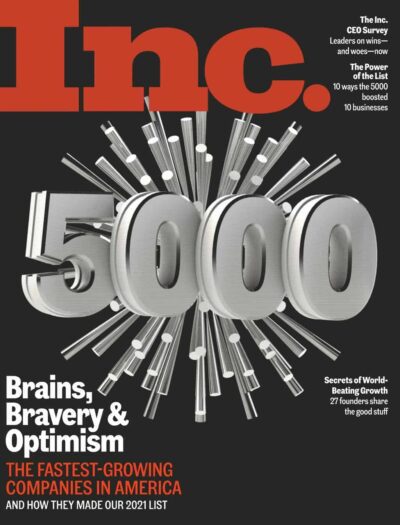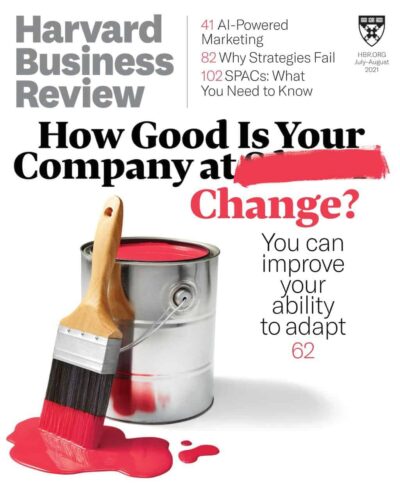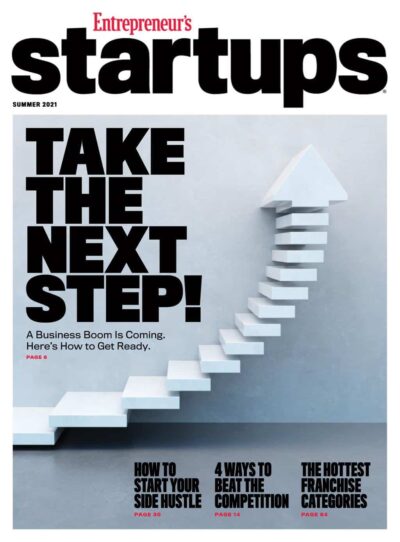

Inside Google’s Plans to Combat Misinformation Ahead of the E.U. Elections
“We are all at risk of manipulation online right now.”
So begins a short animated video about a practice known as decontextualization and how it can be used to misinform people online. The video identifies signs to watch out for, including surprising or out of the ordinary content, seemingly unreliable sources, or video or audio that appear to have been manipulated or repurposed.
[time-brightcove not-tgx=”true”]
Though it may not look like it, this 50-second video is actually an election ad—one of three that Google will be rolling out across five European countries next month in advance of the European Union’s June parliamentary elections. But unlike traditional election ads that are designed to persuade people how to vote, these are seeking to educate voters about how they could be misled. It’s an initiative that Google describes as preventative debunking—or, more simply, “prebunking.”
“It works like a vaccine,” Beth Goldberg, the head of research at Google’s internal Jigsaw unit, which was founded in 2010 with a remit to address threats to open societies, tells TIME. By enabling prospective voters to recognize common manipulation techniques that could be used to mislead them—such as scapegoating or polarization—Goldberg says that prebunking “helps people to gain mental defenses proactively.”
Concerns about AI-generated disinformation and the impact it stands to have on contests around the world continues to dominate this year’s election megacycle. This is particularly true in the E.U., which recently passed a new law compelling tech firms to increase their efforts to clamp down on disinformation amid concerns that an uptick in Russian propaganda could distort the results.
Contrary to what one might expect, prebunking ads aren’t overtly political nor do they make any allusions to any specific candidates or parties. In the video about decontextualization, for example, viewers are shown a hypothetical scenario in which an AI-generated video of a lion set loose on a town square is used to stoke fear and panic. In another video, this time about scapegoating, they are shown an incident in which a community lays sole blame on another group (in this case, tourists) for the litter in their parks without exploring other possible causes.
The beauty of this approach, Goldberg notes, is that it needn’t be specific. “It doesn’t have to be actual misinformation; you can just show someone how the manipulation works,” she says, noting that keeping the content general and focusing on manipulation strategies, rather than the misinformation itself, allows these campaigns to reach people regardless of their political persuasion.
While Google’s prebunking campaign is relatively new, the tactic is not. Indeed, the concept dates back to the 1960s, when the social psychologist William McGuire sought to understand people’s susceptibility to propaganda during the Cold War and whether they could be defended against it. This culminated in what McGuire called “inoculation theory,” which rested on the premise that false narratives, like viruses, can be contagious and that by inoculating people with a dose of facts, they can become less susceptible. But it wasn’t until decades later that the theory began being applied to online information. In recent years, Jigsaw has conducted prebunking initiatives in Eastern Europe and Indonesia. Its forthcoming European campaign, which formally kicks off in May, will primarily be disseminated as short ads on YouTube and Meta platforms targeting voters in Belgium, France, Germany, Italy, and Poland. Afterwards, viewers will be invited to take a short, multiple-choice survey testing their ability to identify the manipulation technique featured in the ad.
Read More: Inside the White House Program to Share America’s Secrets
Whereas prebunking doesn’t necessarily face as much resistance as more conventional forms of combating misinformation such as fact checking or content moderation, which some critics have likened to censorship, it isn’t a panacea either. Jon Roozenbeek, an assistant professor in psychology and security at King’s College London who has spent years working with Jigsaw on prebunking, tells TIME that one of the biggest challenges in these campaigns is ensuring that the videos are captivating enough to hold viewers’ attention. Even if they do, he adds, “You can’t really expect miracles in a sense that, all of a sudden after one of these videos, people begin to behave completely differently online.” he says. “It’s just way too much to expect from a psychological intervention that is as light touch as this.”
This isn’t to say that prebunking doesn’t have an impact. In previous campaigns, post-ad surveys showed that the share of individuals who could correctly identify a manipulation technique increased by as much as 5% after viewing a prebunking video. “We’re not doubtful that the effect is real; it’s just you can argue over whether it’s large enough,” Roozenbeek says. “That’s the main discussion that we’re having.”
While Jigsaw has led the way on prebunking efforts, they’re not the only ones utilizing this approach. In the U.S., the Biden administration has sought to counter Russian disinformation in part by declassifying intelligence forecasting the kinds of narratives that it anticipated the Kremlin would use, particularly in the run up to Moscow’s 2022 full-scale invasion of Ukraine. This practice has since extended to China (where the U.S. government used declassified materials to forecast potential Chinese provocations in the Taiwan Strait) and Iran (the U.S. declassified intelligence claiming that Tehran had transferred drones and cruise missiles to Houthi militants in Yemen that were being used to attack ships in the Red Sea). What the White House has billed as strategic declassification is just prebunking by another name.
Working with academics and civil society organizations across the E.U.’s 27 member states, Jigsaw’s latest prebunking campaign is set to be its biggest and most collaborative effort yet. And in an election that will see hundreds of millions of voters go to the polls to elect what polls project could be the most far-right European Parliament today, the stakes couldn’t be higher.
Get the latest work and career updates delivered straight to your inbox by subscribing to our magazine category today. Stay informed and ahead of the game with Subscrb.
The content on this website has been curated from various sources and is for informational purposes only. We do not claim ownership of any of the content posted here, all rights belong to their respective authors. While we make every effort to ensure that the information is accurate and up-to-date, we cannot guarantee its completeness or accuracy. Any opinions or views expressed on this website are solely those of the original authors and do not necessarily represent our own. We do not endorse or take responsibility for the content or actions of external websites or individuals linked from this website. Any reliance on the information provided on this website is done at your own risk. Please note that this article was originally seen on the source website TIME, by the author Yasmeen Serhan
-
SALE!




Forbes Asia Magazine Subscription
From: RM220 / year -
SALE!


Fortune Magazine Subscription
From: RM118 / year -
OUT OF STOCK




The Economist Magazine Subscription
From: RM1530 / year -


Inc. Magazine Magazine Subscription
From: RM22 / year -


Consumer Reports Magazine Subscription
From: RM22 / year -


Harvard Business Review Magazine Subscription
From: RM83 / month -


Entrepreneur’s Startups Magazine Subscription
From: RM4 / year -


BILLIONAIRE Magazine Subscription
From: RM131 / year



